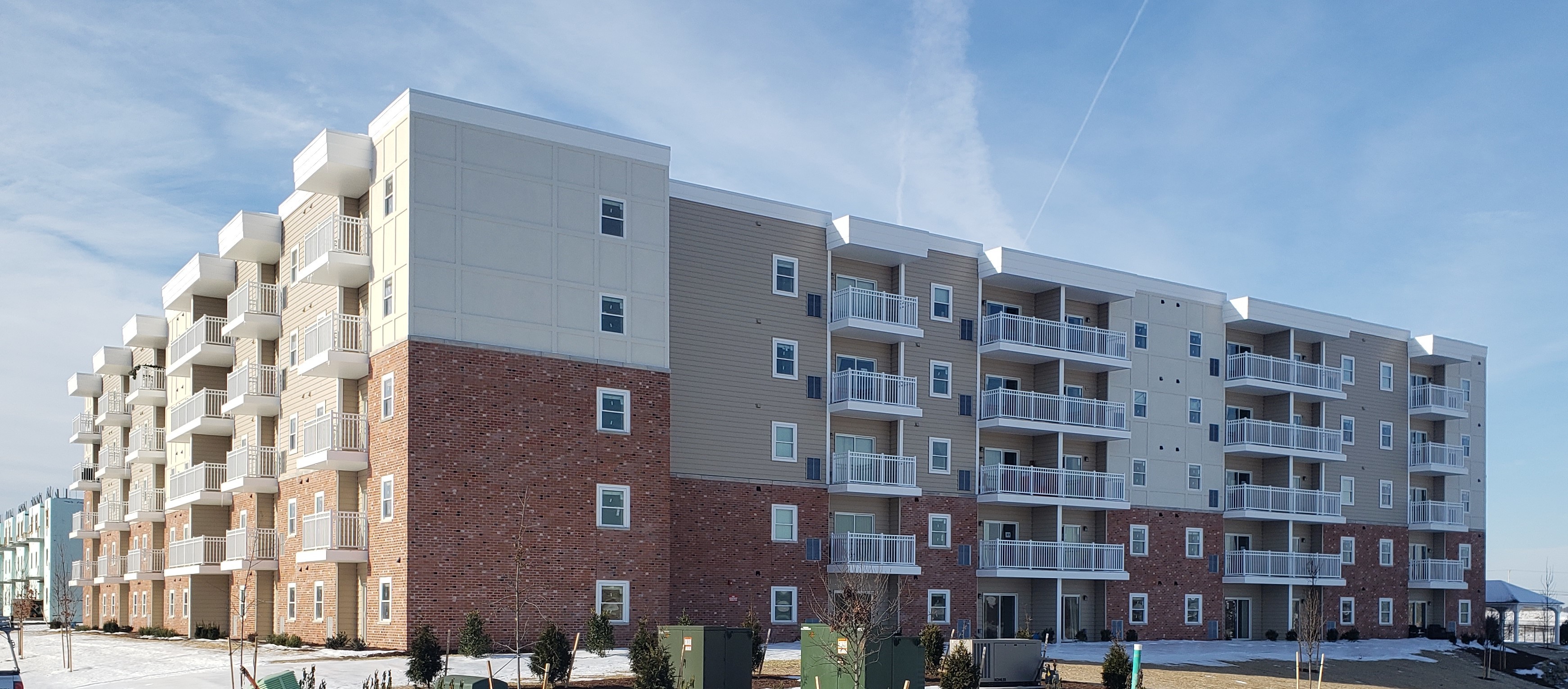Posted on July 28, 2022
All over the world, governments, industries and corporations look to 2050 as the year to achieve carbon neutrality.
More specifically, carbon neutrality is top-of-mind for many in the construction industry. And that’s good, since, according to the World Economic Forum, it accounts for 38% of global emissions. Worldwide, construction companies create another Paris every week.
Quest for Carbon Neutrality
The concrete industry has already seen prodigious gains in emissions efficiency. Much more needs must be done. A key goal is carbon neutrality. Consider the Portland Cement Association’s Roadmap to Carbon Neutrality, for example. The Global Cement and Concrete Association (GCCA) represents about 40% of the industry worldwide. Its members also commit to achieving carbon neutral concrete by 2050.
California is more aggressive, seeking carbon neutrality by 2045. As Lawrence Livermore National Laboratory (LLNL) notes, “California executive order B-55-18 mandates that the state achieve carbon neutrality by 2045 and maintain net negative emissions thereafter.”
This is significant considering the size of California’s economy. A $3.4 trillion GDP gives it an economy larger than all but five nations.. The U.S. Bureau of Economic Analysis (BEA) estimates 2021 U.S. GDP at $22.99 trillion. California accounts for 14.8% of the total. Therefore, that state’s quest for net negative emissions sets an important benchmark.
From Carbon Neutral to Carbon Negative
Is the large-scale deployment of carbon-negative concrete eventually possible? While some answer in the affirmative, the question of scalability remains.
LLNL asserts that a “portfolio of approaches” could deliver negative emissions in California by 2045. These include:
Carbon capture from waste biomass utilization
Using natural and working lands as carbon sinks
Direct air capture of CO2
Waste biomass is getting unprecedented attention as a fuel source for cement kilns. For example, in Mexico, Cemex is co-processing municipal waste for this purpose. One study recommended conversion of grassland to farmland, reforestation, and planting cover crops. This “could mitigate as much as one-fifth of the net annual greenhouse gas emissions in the United States.”
Direct air capture also captures the imagination. It’s a straightforward way to deal with excess CO2 in the atmosphere. Doing this at scale is not so simple, however. Widespread carbon-negative concrete demands significant investment by public and private entities alike.
However, the exploitation of proven technologies and phenomena will better define the journey to carbon-neutral and eventually, carbon-negative concrete.
Carbon capture, utilization and storage
Carbon capture, utilization and storage (CCUS) is a key component of the quest for carbon-negative concrete. Carbon-infused concrete and calcium carbonate cement benefit from, and permanently sequester, carbon dioxide.
Calcium carbonate cement
Scientific American says Calera’s concrete sequesters a half-ton of CO2 for every ton of cement. It bubbles flue gas through sea water to make cement with attractive characteristics. Calera’s process mimics binders forming coral in the ocean. Ordinarily, waste heat from flue gasses emanating goes into the atmosphere. Spray dryers use the heat to dry the slurry. The chalk-like product makes the cement snow white.
CO2-infused concrete
There's one important fact about CO2 and concrete. CO2-infused concrete is stronger than that made with ordinary Portland cement (OPC). Also, it cures in 24 hours rather than 28 days.
Quebec-based Carbicrete has a patented process for injecting CO2 into an absorption chamber. At present, the company produces carbon-negative, cement-free blocks. During the curing process, CO2 is permanently sequestered in stable calcium carbonates. They fill voids in the concrete to increase its strength. Carbonation during curing accelerates early strength. Carbicrete’s product also demonstrates enhanced freeze-thaw resistance and compressive strength.
Carbicrete’s formulation uses byproducts of steel production rather than Portland cement. Steel slag is the sole binder, while last furnace slag is a lightweight aggregate. The process consumes zero natural resources and produces zero waste. A third party, the Carbon Consult Group, verified its carbon-negative performance.
In 2021, Carbon Cure was one of the two co-winners in the XPRIZE competition. With the CarbonCure process, injected CO2 mineralizes in the concrete mix. This adds strength while permanently sequestering the CO2. It is possible for concrete producers to retrofit their existing plants to accommodate the technology.
Carbonation
As National Geographic highlights, forests are carbon sinks. Exposed concrete is also a carbon sink. Decades of concrete construction mean massive amounts of exposed concrete. It continues to absorb CO2 via carbonation. The cumulative effect is significant. According to one estimate, concrete sequestered 4.5 billion tons from 1930 to. 2013. This offset roughly 43% of the cement industry’s carbon emissions.
Future Possibilities
The first two decades of the new millennia have seen the discovery of revolutionary new materials. Graphene and borophene are two examples. Graphene is already used to strengthen concrete. What new materials will arrive during the next two decades? The industry can't pin its hopes on emergent or currently non-existent materials. However, it is realistic to hope for periodic revolutions amid an ongoing evolution of carbon reduction.
The oceans’ massive coral reefs inspire those seeking building blocks for tomorrow's construction. For example, calcium and magnesium in seawater form carbonates. Better yet, they do this at ambient temperatures and regular pressures. Limestone from organic renewable sources is another possibility.
About PACA
At the Pennsylvania Aggregates and Concrete Association (PACA), we work to bring you the latest news impacting the industry. Topics range from innovation to sustainability, and from public policy to legislative initiatives.
Should you have questions about your upcoming concrete project, feel free to contact us.

